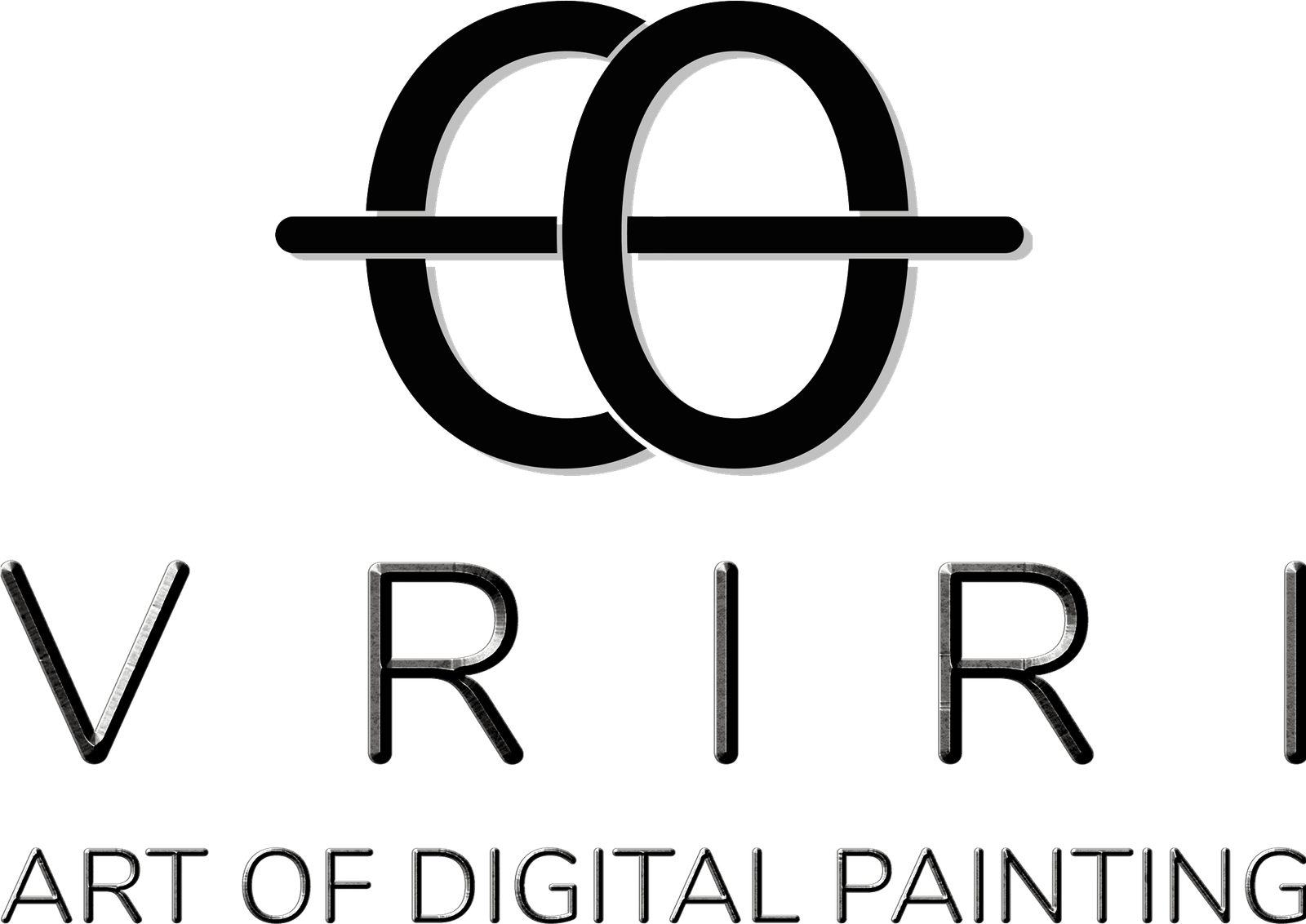Passionately Crafting Intricate, Beautiful Digital Art: Unleashing the Power of Digital Artistry
The Evolution of Digital Artistry: From Pixels to Masterpieces
The evolution of digital artistry has been nothing short of revolutionary, creating a vibrant and dynamic field that continues to push the boundaries of creativity. In the earliest days, digital art was synonymous with pixel art, where artists painstakingly arranged tiny squares to form simple images on computer screens. This rudimentary form of digital expression laid the foundation for what would soon become an expansive and intricate art form.
Technological advancements have played a pivotal role in transforming digital artistry from basic pixel arrangements into the sophisticated masterpieces we see today. Innovations in software have provided artists with an unprecedented array of tools and techniques to explore their creative visions. Programs like Adobe Photoshop, Corel Painter, and Procreate have become indispensable in the digital artist’s toolkit, enabling the creation of complex, detailed artworks that were previously unimaginable.
Adobe Photoshop, with its immense versatility and comprehensive suite of features, has allowed artists to manipulate images with incredible precision. Corel Painter has pushed the envelope further by emulating traditional painting techniques, offering an array of brushes and textures that simulate real-world media. Meanwhile, Procreate has democratized digital art by providing a powerful yet accessible platform for artists to work on the go, particularly on tablets like the iPad.
Beyond the technological tools, digital platforms and social media have significantly expanded the reach and influence of digital artists. Websites like DeviantArt, ArtStation, and Behance, along with social media giants such as Instagram and Twitter, have created spaces for artists to showcase their work to a global audience. This connectivity has not only allowed artists to gain recognition and appreciation across borders but also to engage in collaborative projects, receive feedback, and draw inspiration from a diverse community of creatives.
The journey from pixel art to today’s intricate digital masterpieces underscores the transformative power of technology in shaping artistic endeavors. As digital artistry continues to evolve, it holds the promise of even greater creative exploration and innovation, solidifying its position as a vital and dynamic component of contemporary art.
“`html
Techniques and Tools: Mastering the Art of Digital Creation
Mastering the art of digital creation requires a solid foundation in traditional art principles such as composition, color theory, and lighting. These elements are the cornerstone of all visual art and are equally important in the digital realm. Understanding how to balance elements within a frame, how colors interact with one another, and how light affects perception can significantly impact the quality and appeal of digital artworks.
In the digital medium, achieving depth, texture, and realism is facilitated by a variety of sophisticated techniques. One central method is the use of layers. Layers allow artists to build up their work step-by-step, applying different elements separately and refining each one without affecting others. Blending modes are another powerful tool, offering ways to combine layers in visually complex and engaging ways that mimic natural effects such as shadows, highlights, and color blending.
Digital brushes, customizable for a variety of textures and effects, are indispensable in digital artistry. They can emulate the characteristics of traditional media, from the smooth strokes of oil paint to the gritty texture of charcoal. These tools can be further customized to fit an artist’s unique workflow, tailoring each element to ensure efficiency and harmony within the creative process. Many artists develop a personal library of brushes and presets that adapt over time to better suit their style and preferences.
Emerging techniques and trends are constantly reshaping the digital art landscape. Technologies such as 3D rendering offer new dimensions of realism and perspective, while generative art, driven by algorithms and artificial intelligence, allows for unprecedented levels of complexity and experimentation. Artificial intelligence, in particular, is pushing the boundaries of what is possible, enabling artists to explore new creative frontiers with tools that learn and adapt from their inputs.
Examining the work of notable digital artists provides valuable insights and inspiration. Artists like Beeple, who has revolutionized the field with his every day 3D compositions, or AI artist Refik Anadol, known for his immersive installations, exemplify mastery in digital artistry. These individuals offer practical advice and serve as a testament to the boundless possibilities that digital tools and techniques can offer.
“`










